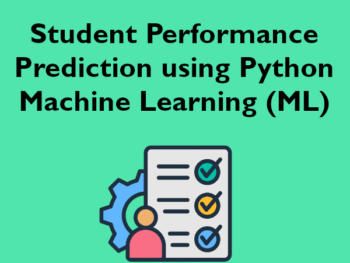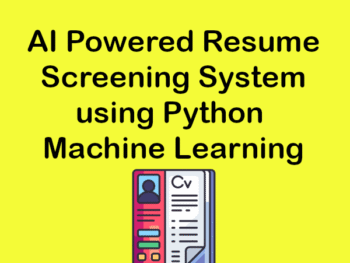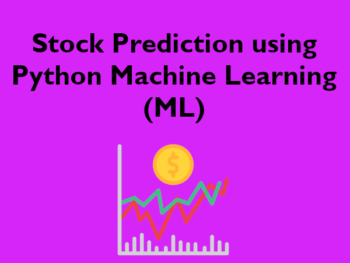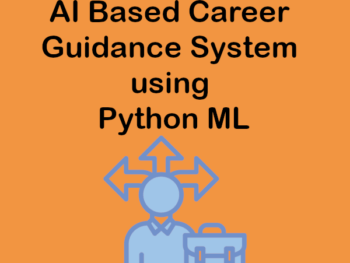- INR: ₹ 499.00
A complete Final Year Project on Heart Disease Prediction using Python & Machine Learning for BCA/MCA/B.Tech/M.Tech students. Includes source code, database, Final Year project report, diagrams (ER, DFD, Use Case), and PowerPoint presentation.
Heart Disease Prediction ML Project Package Includes:
- Full Source Code of the project.
- Project Report (in doc and pdf formats, 41pages).
- Project PPT
The project and Report are Downloadable immediately after payment is successful.










There are no reviews yet.